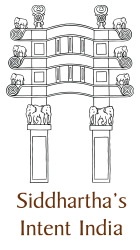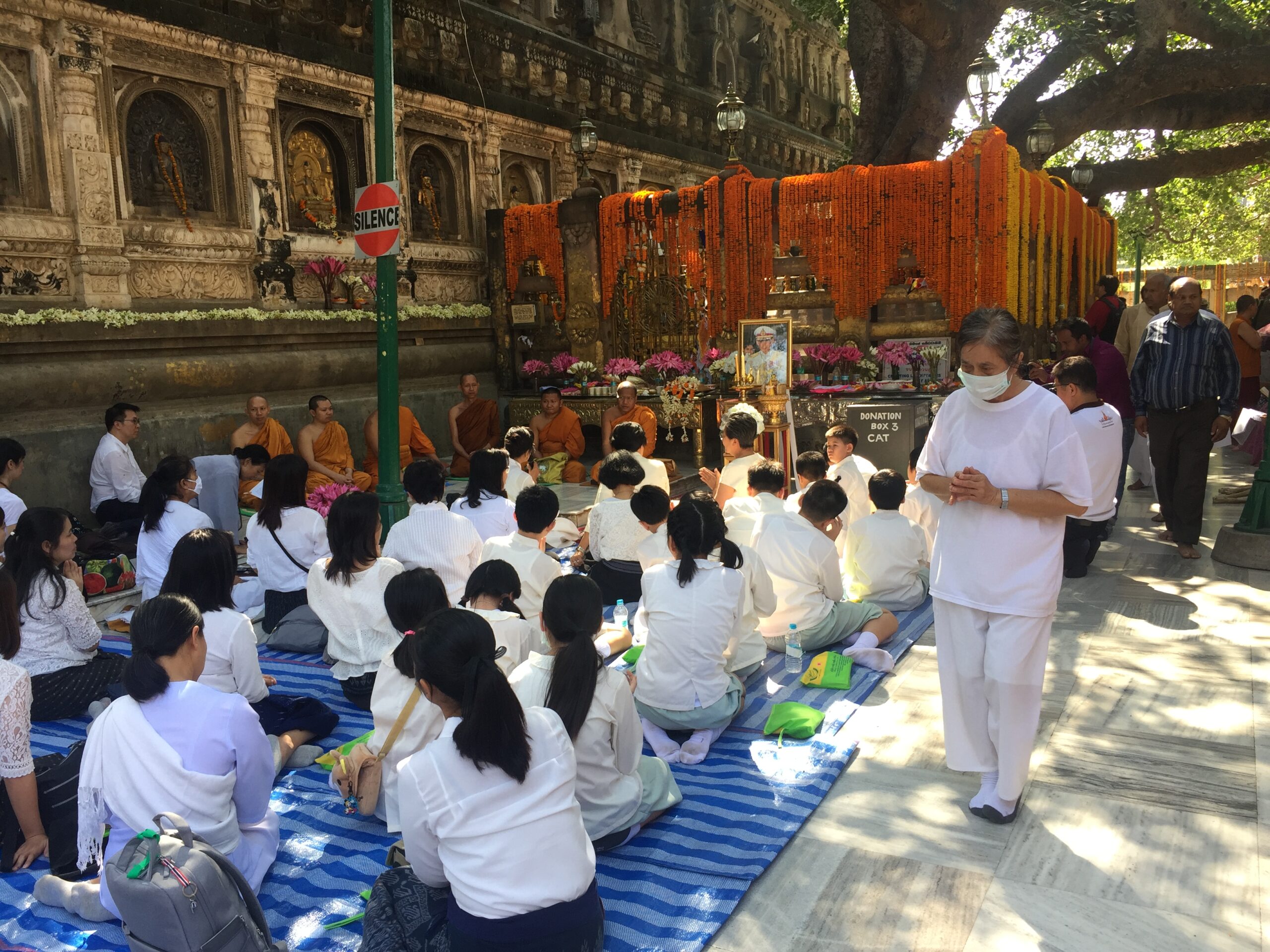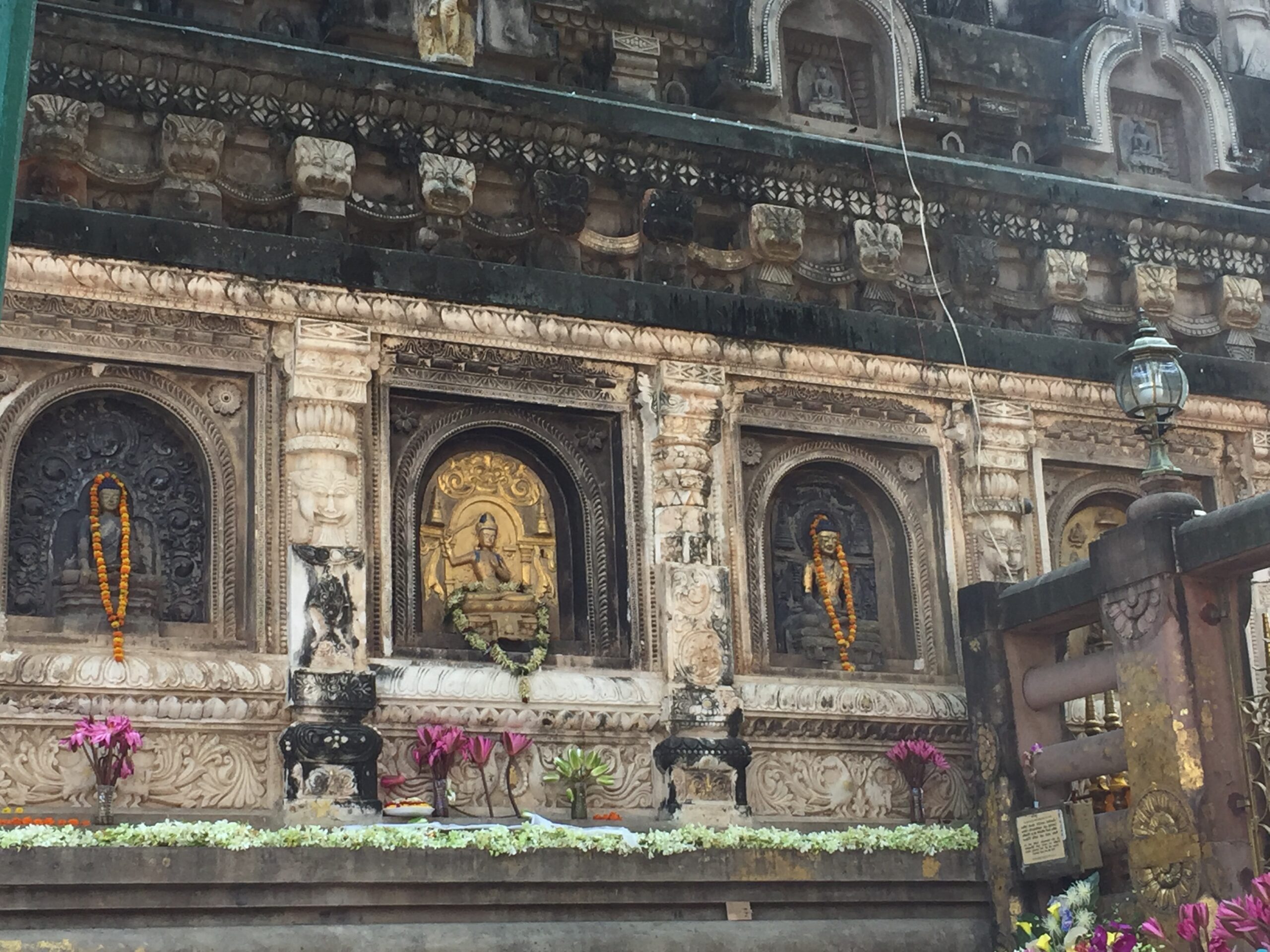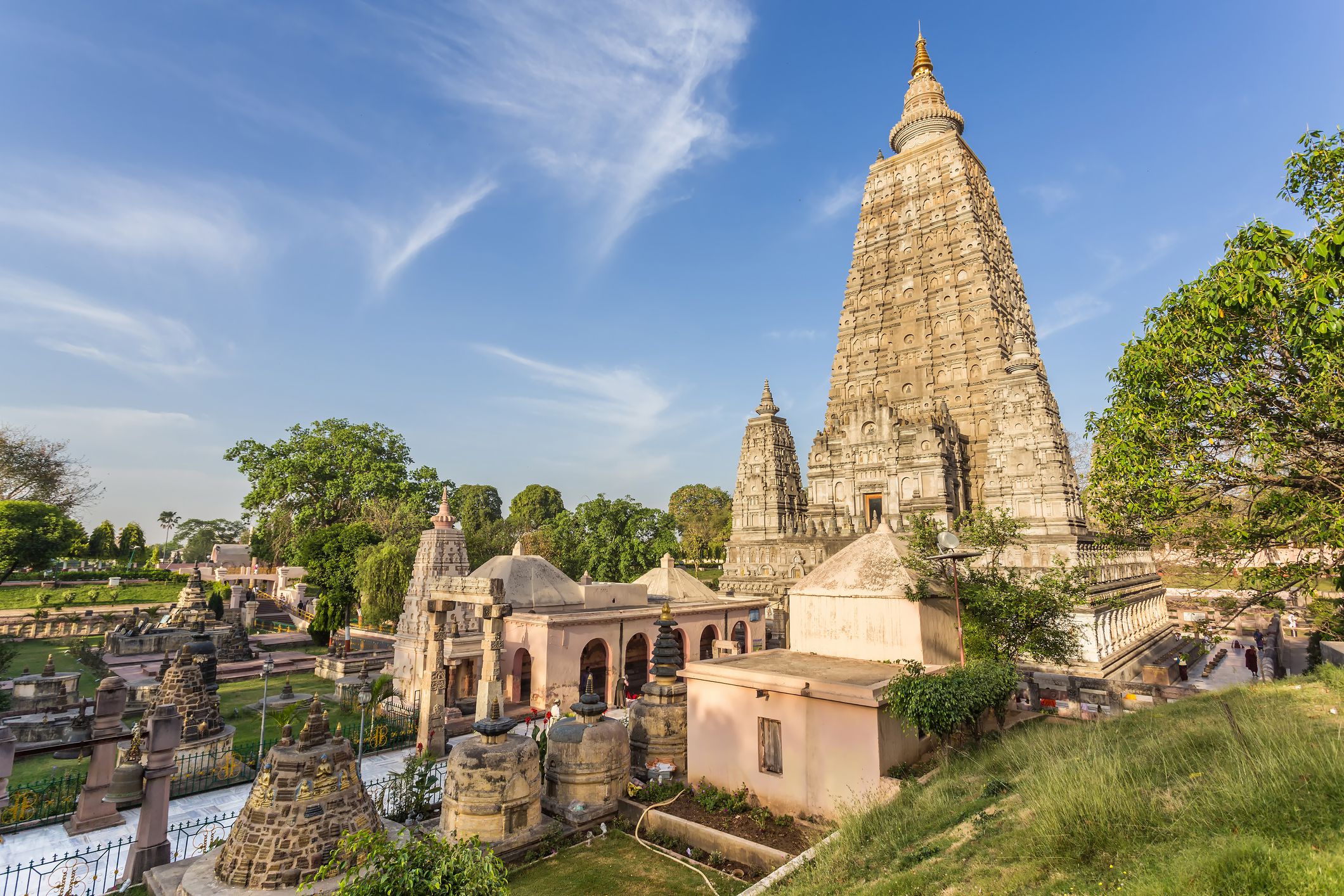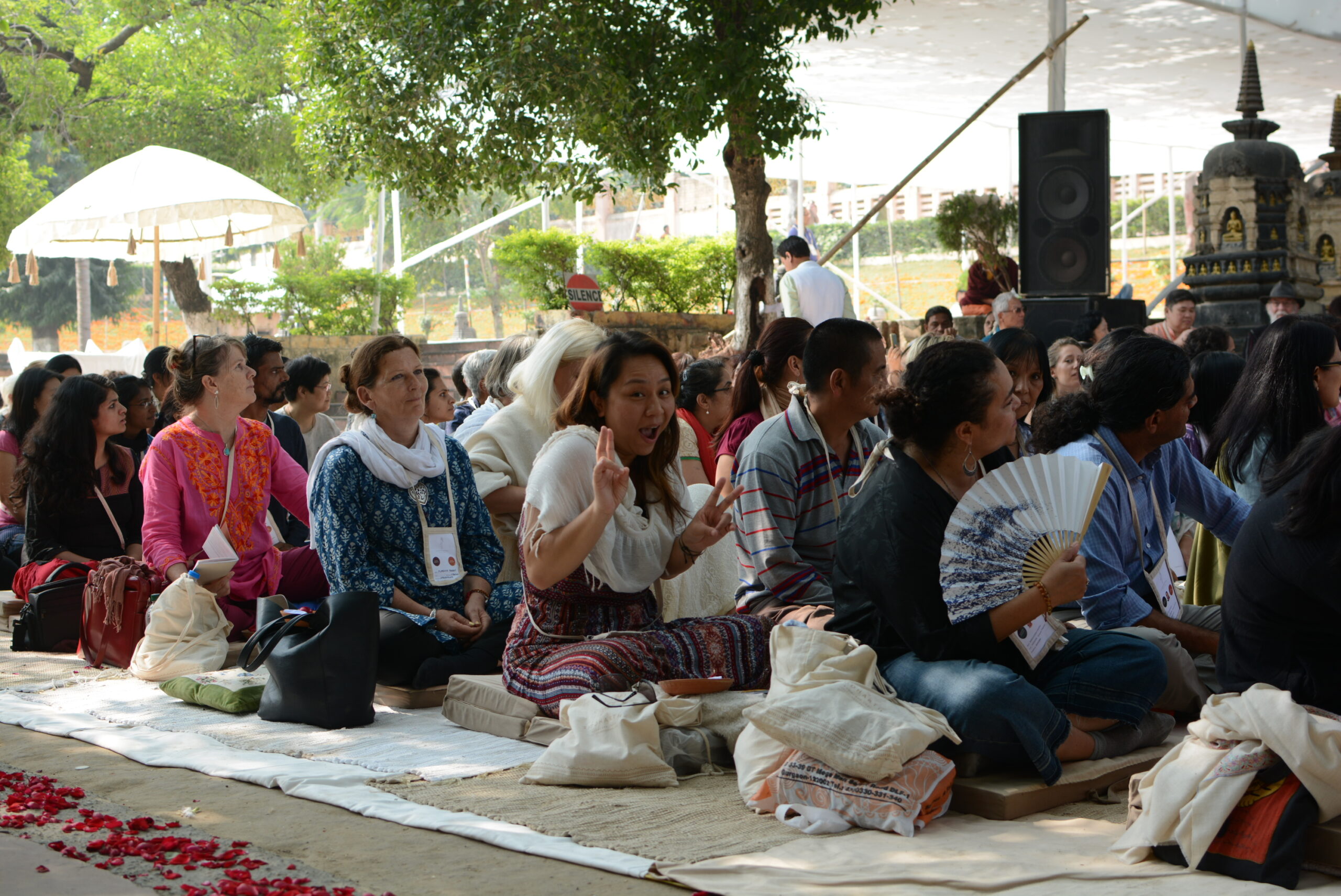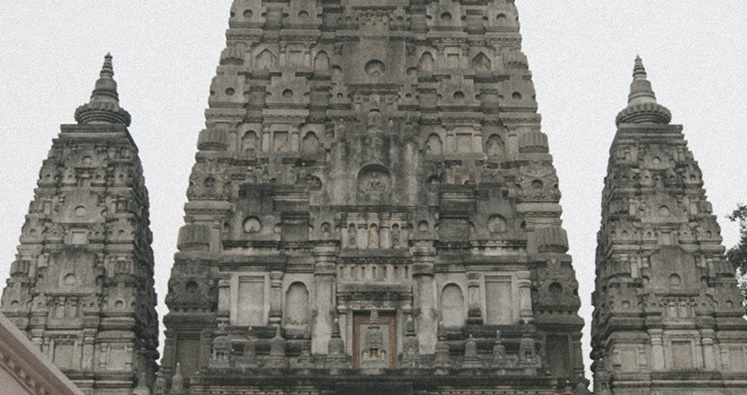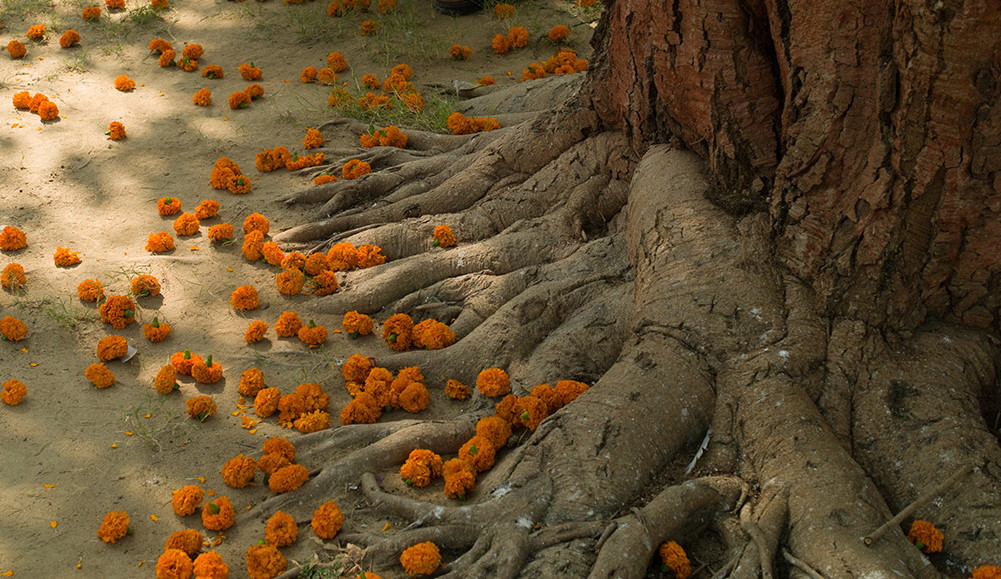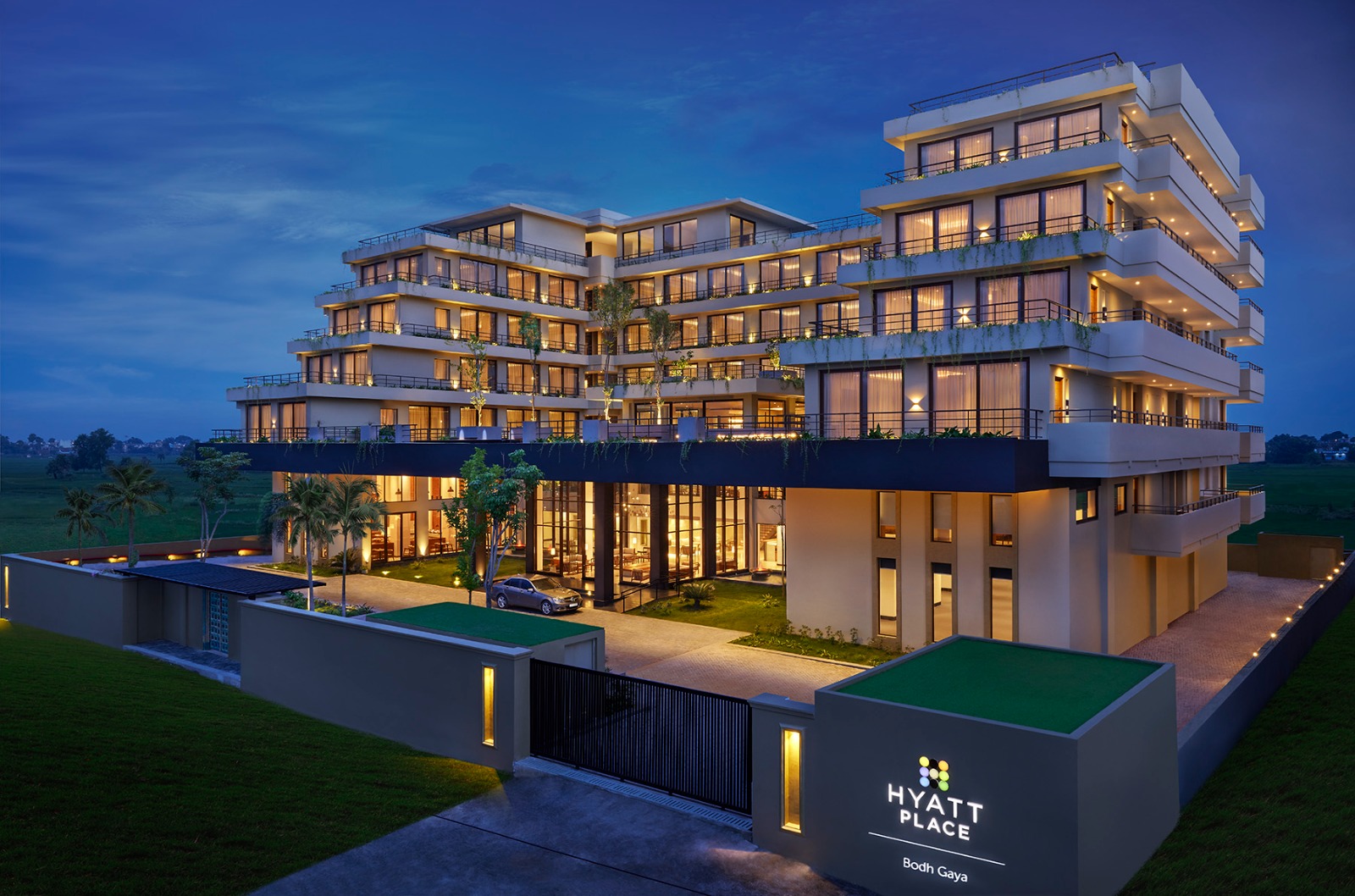Siddhartha Festival 2023
Immerse yourself in the serene embrace of Bodhgaya for the Siddhartha Festival, a tribute to the Buddha’s teachings beneath the Bodhi Tree where he attained enlightenment. Inspire your heart with Triratna Sadhana practice, enlightening talks, captivating performances, a Buddhist art exhibition and more.
📅 28-29th October 2023
🌍 Bodhgaya, India
📖 Download Festival Liturgy Here. It is designed to be printed in A5 format.
Join Festival Whatsapp Group Here.
📔 Read More About The Triratna Sadhana Here.
Connect with the sangha and honour the wisdom that illuminates our path.

ABOUT SIDDHARTHA FESTIVAL
Siddhartha was born an Indian prince, but he wasn’t born enlightened. It’s tempting to deify him; to say a God walked amongst us, but that would go against every teaching of his. The moment Prince Siddhartha encountered suffering, he dedicated his life to find a way out of it; for himself and everyone else. When he became the ‘Buddha’, he laid out the path he followed so all human beings could attain enlightenment themselves.
Two millennia later, the Buddha’s wisdom and teachings have been integrated into various cultures all around the world. His knowledge, informed by the wisdom and cultural traditions of the land around him, have become an invaluable gift to humankind. Siddhartha is an Indian-style Buddhist festival that celebrates the Buddha’s life and his teachings at the very place where he attained enlightenment: under the Bodhi tree in Bodhgaya, India.
The festival evokes a gentle awakening, planting a seed of Indian Wisdom in our minds. A small impetus, to realise how priceless the Buddha’s profound understanding is in our modern lives. This land has a legacy of wisdom and we are its inheritors.
SIDDHARTHA FESTIVAL VISION
We offer our sincere most gratitude our Guru, Dzongsar Jamyang Khyentse Rinpoche for hand holding us to manifest the Siddhartha festival yet again, for the third time this year with the main vision to inspire us as Nepalese and Indians to reclaim our heritage and celebrate this prince from the past who some might call a Nepalese from Lumbini and some Indian.
The vision of the Siddhartha festival is to come together and pay homage to Siddhartha Gautama and to introduce the Buddha’s legacy and wisdom to those who are seeking the truth. To unite and bring together spiritually inclined Indians and Non-Indians who share the motivation to benefit others. To remember that the Buddha chose to do the most important thing in his life under tree.


Artists’ Bios
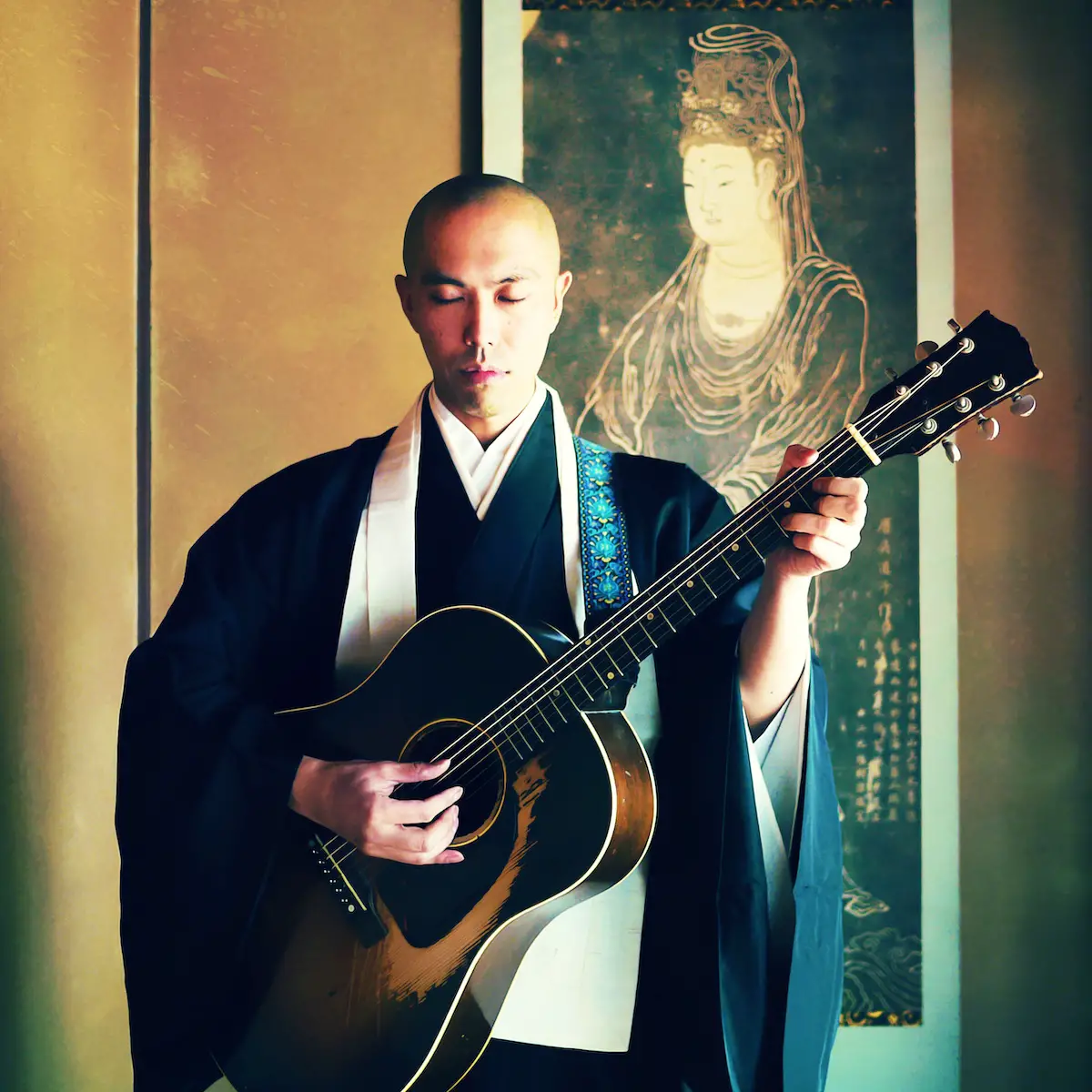
Kanho Yakushiji
Kanho Yakushiji is a Japanese monk and a musician and composer with a notable presence in the domain of Buddhist music. He is a priest of the Rinzai school of Japanese Zen Buddhism, who hails from Ima-ji, a Buddhist temple in the city of Imabari, Ehime Prefecture, in southern Japan, has achieved renown in Japan and internationally for his Dharma-inspired performances as part of the musical duo Kissaquo, formed in 2003 with lay musician Satoshi Yamamoto.
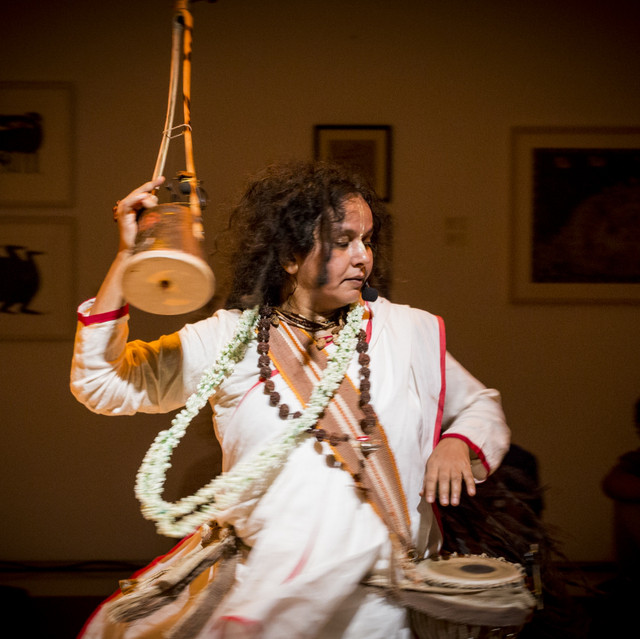
Parvathy Baul
Parvathy Baul is a practitioner, performer and teacher of the Baul tradition from Bengal, India. She is also an instrumentalist, storyteller and a painter. Paravathy studied closely with two of the most respected Baul Gurus of the previous generation, Sri Sanatan Das Thakur Baul and Sri Shashanko Goshai. According to her Guru’s vision, Parvathy Maa has created Sanatan Siddhashram – as a place of learning, practicing and preserving the oral history of the Baul tradition.
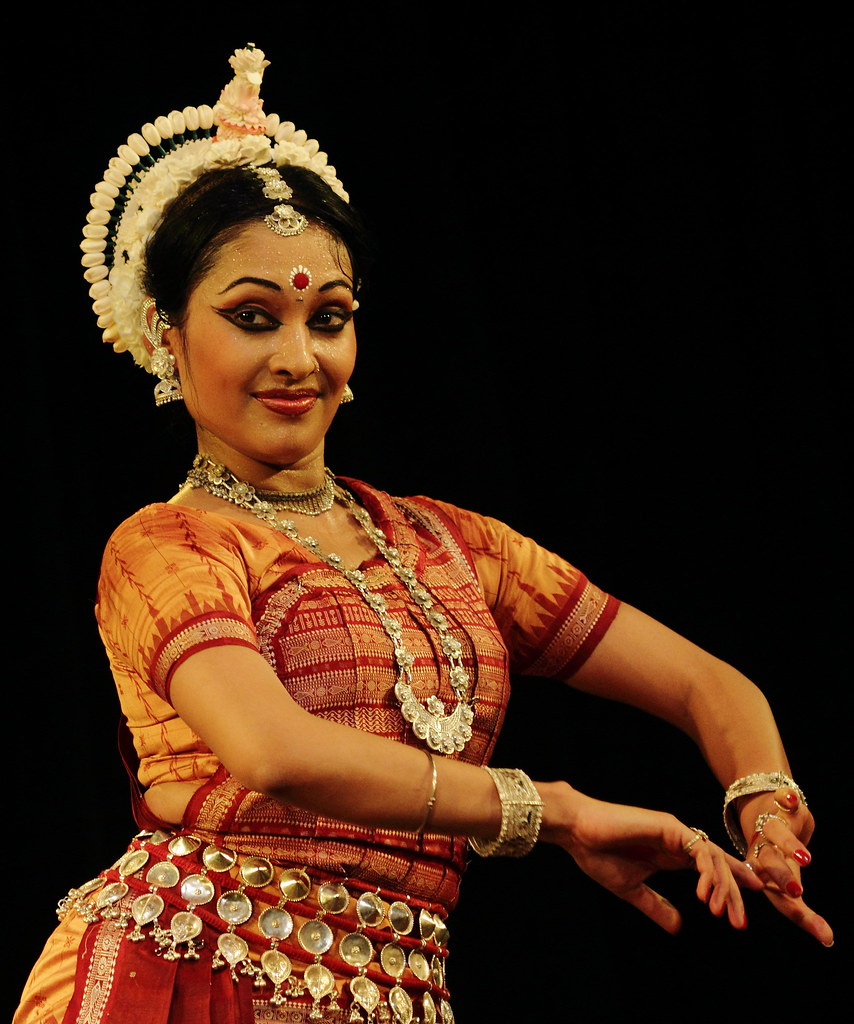
Prachi Jariwala
Dr. Prachi Jariwala is a trained Indian classical dancer. She had been initiated in Indian Classical Dance at a tender age. Her initial training was in Bharata Natyam style, and thereafter she has found her medium of expression through Odissi.
She has studied Ancient Indian Culture at St. Xavier’s College (University of Mumbai), wherein she obtained her B.A. & M.A. degrees. She then obtained her Ph.D. from the University of Mumbai with the thesis ‘Buddha in Ancient Indian Sculptures’, under the guidance of nationally renowned Sanskrit scholar and Indologist Prof. Suresh Upadhyay of the Bharatiya Vidya Bhavan. During the course of her study, she also obtained Honours diplomas in Sanskrit, Pali and Comparative Mythology.
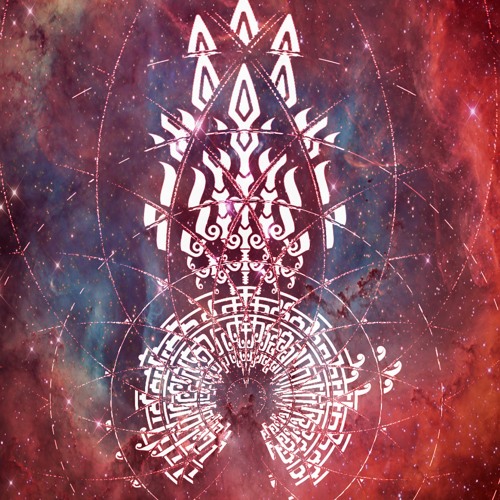
Lucid Mantra
Lucid Mantra is a hybrid producer and multi-instrumentalist based in the North East Himalayas. His productions aim towards cultural preservation combining Hindustani Classical Music, Mantras , Folk Music and Live Electronic music production, making his sound a unique confluence of ancient and modern traditions. With over a decade of experience with sound and performing at festivals globally, he fluently brings audiences into deeper states of awareness through a spiritual trance dance experience.

About the Place
Bodhgaya
Bodhgaya is a spiritual place of monumental importance to pilgrims, academics, philosophers, artists and seekers from all over the world. In the Gaya district of Bihar, it is situated on the banks of the river Niranjana, at a place that was formerly known as Uruwela.
King Ashoka was the first to build a temple at this site. It is the most important of the four main pilgrimage sites related to the life of the Buddha, the other three being Kushinagar, Lumbini and Sarnath.
THE MAHABODHI TEMPLE
The Mahabodhi Mahavihara, more commonly known as the Bodhgaya Temple or the Great Stupa, was erected by King Ashoka in the third century BC at the spot where the Buddha attained enlightenment. Now several centuries old, the Mahabodhi Temple retains its deep spiritual energy and continues to inspire pilgrims from all over the world. The Temple has undergone several restorations, renovations and repairs in subsequent periods by a number of devout kings, donors and philanthropists from India and abroad.
Most recently, the Khyentse Foundation, Deer Park Institute and Vana Foundation have facilitated a state-of-the-art Lighting the Mahabodhi Temple Project. This would be a first for any place of historical and religious significance in India. In pursuit of realizing this lighting project, the first ever professional architectural survey of the Mahabodhi Temple Complex was also carried out by Vana Foundation and Deer Park Institute.
THE BODHI TREE
The Buddha decided to do the most important thing in his life under a tree, not in a palace or sitting on a diamond throne. The Bodhi Tree, known as the Peepal tree in India, is directly connected to the life of the Buddha, Siddhartha Gautama—who attained enlightenment or perfect
insight when he was meditating under it. The Mahabodhi Temple is built directly to the east of the Bodhi Tree, which is a descendant of the actual tree under which the Buddha sat.
Hyatt Place, Bodh Gaya
Hospitality partner
Nestled 20 minutes away from Gaya airport, Hyatt Place Bodh Gaya is the only international hotel chain in the spiritual capital of Buddhism.
Within the lush landscapes of this sacred city, Hyatt Place Bodhgaya, with 74 rooms, is conveniently located near the UNESCO World Heritage site, Mahabodhi temple, and the Bodhi tree. The minimalist design of our hotel fosters a sense of calm for Buddhist followers and those seeking a break from the city chaos. Each room is designed to offer a glimpse of the iconic Mahabodhi temple.
The hotel is the perfect base for exploring the many places of interest in the holy city of Bodh Gaya and for those who are seeking a moment of introspection, spiritual reflection, or merely an escape to recharge.
